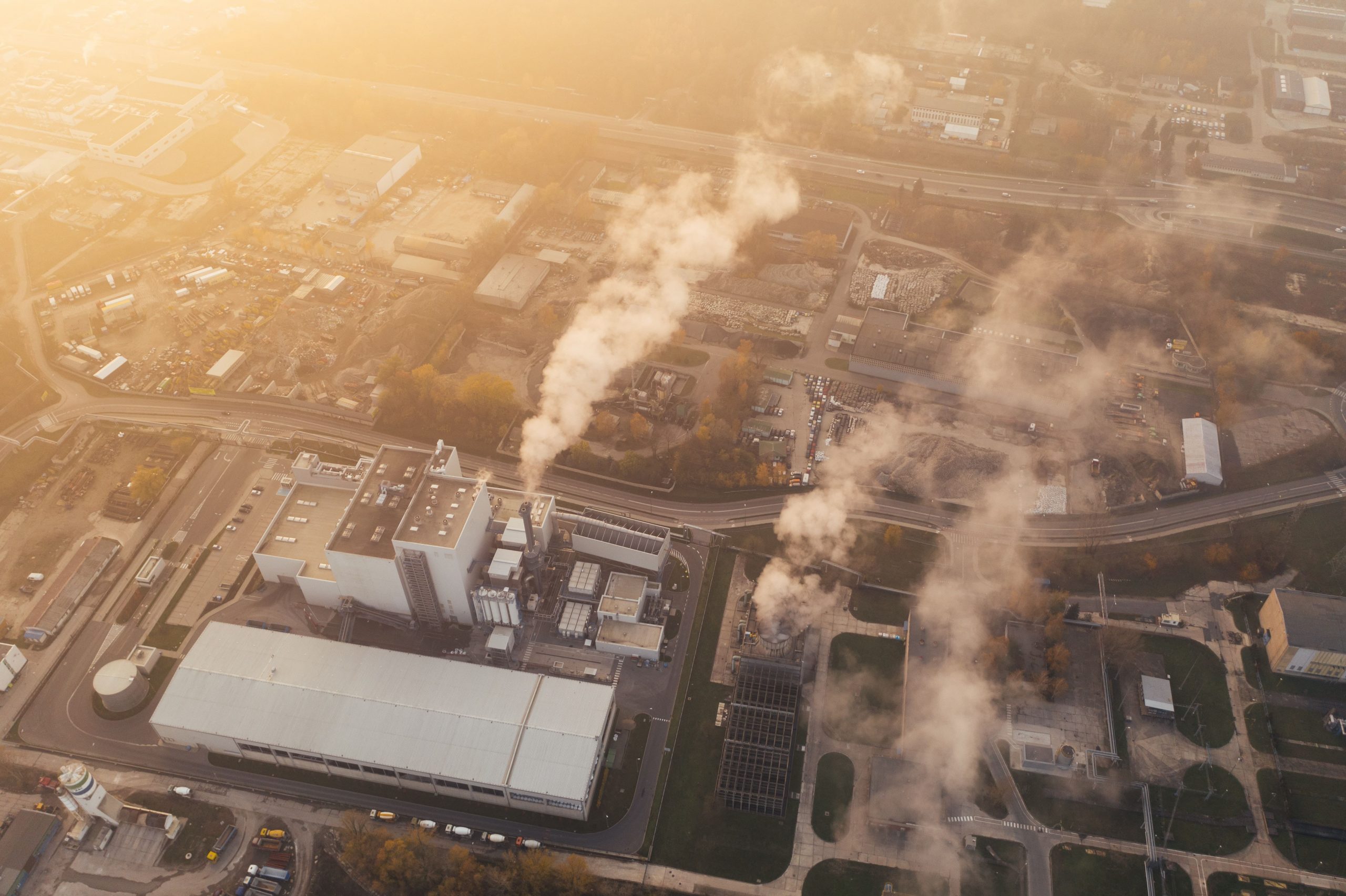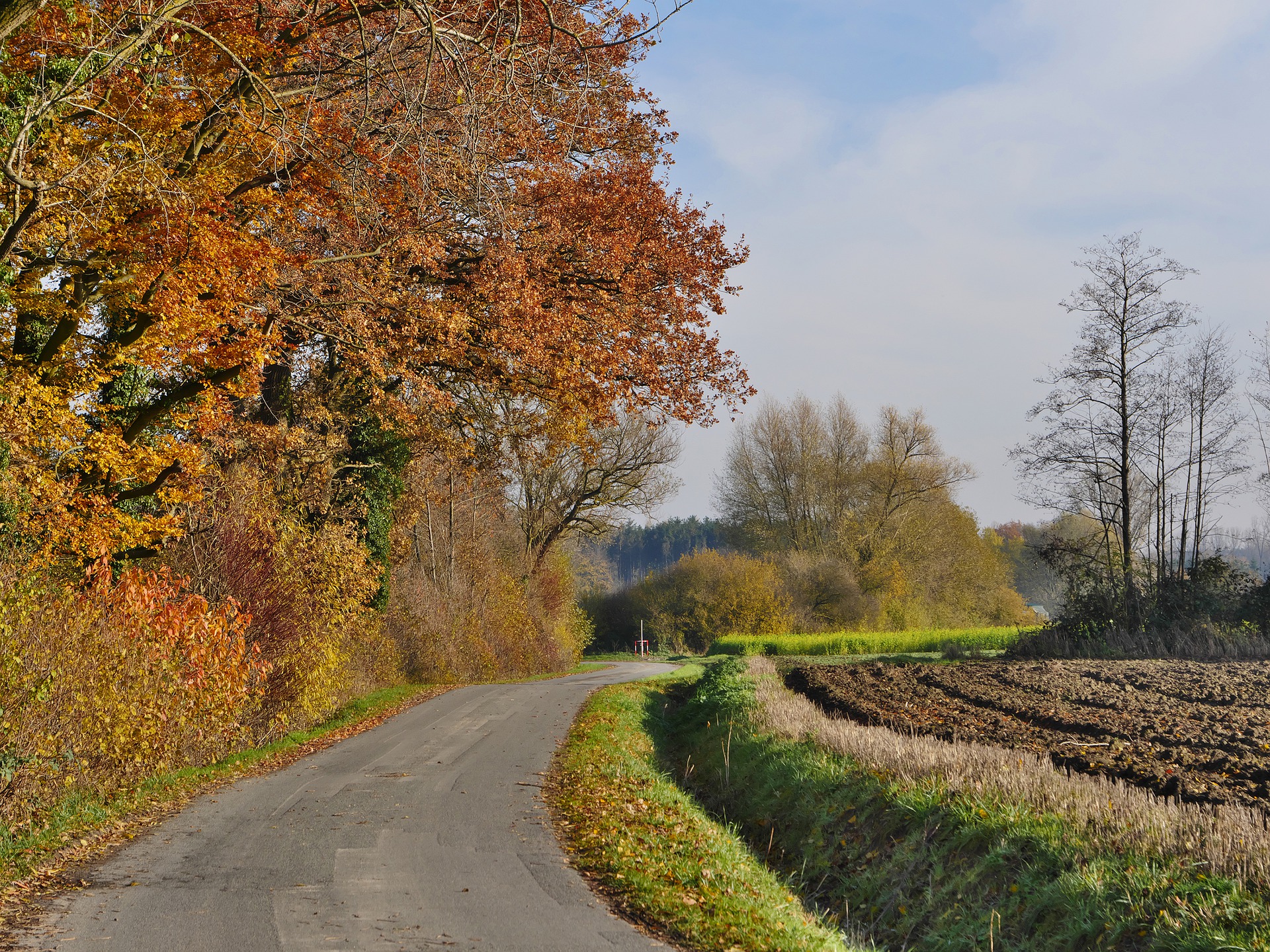
How could global carbon dioxide emissions in December 2020 be 2% higher than December 2019? – AND – What’s the problem with cutting hedgerows?
The ‘Green Scene’ Series on Newstalk is a weekly update on energy and environmental matters with Pat Kenny and MaREI Director Brian Ó Gallachóir.
On March 3, 2020 Prof Ó Gallachóir discussed how could global carbon dioxide emissions in December 2020 be 2% higher than December 2019? And what’s the problem with cutting hedgerows?

How could global carbon dioxide emissions in December 2020 be 2% higher than December 2019?
- We previously spoke about Ireland’s CO2 emissions in 2020 being 9% lower than 2019 (overall GHG emissions were 6% down but agriculture emissions stayed the same, so CO2 were much lower)
- Globally, there was an overall decline in CO2 of 6% (largest annual drop wince WW2) – according to the International Energy Agency
- This overall 2 billion tonnes decline was mostly due to lower use of oil for road transport and aviation
- But, this overall decline masks wide variations depending on region and time of year
- When we look in closer detail, it dampens the hope that 2019 might be the year of peak CO2 emissions, followed by decline.
- After hitting a low in April, global emissions rebounded strongly and rose above 2019 levels in December.
- The latest data show that global emissions were 2%, or 60 million tonnes, higher in December 2020 than they were in the same month a year earlier.
- Major economies led the resurgence as a pick-up in economic activity pushed energy demand higher and significant policies measures to boost clean energy were lacking.
- Many economies are now seeing emissions climbing above pre-crisis levels.
- Emissions in China for the whole of 2020 increased by nearly 1%, from 2019 levels driven by China’s economic recovery over the course of the year.
- China was the only major economy that grew in 2020.
- In India, emissions rose above 2019 levels from September as economic activity improved
- Emissions in the United States fell by 10% in 2020. But on a monthly basis, after hitting their lowest levels in the spring, they started to bounce back.
- In December, US emissions were approaching the level seen in the same month in 2019.
- “The rebound in global carbon emissions toward the end of last year is a stark warning that not enough is being done to accelerate clean energy transitions worldwide … This year is pivotal for international climate action – and it began with high hopes – but these latest numbers are a sharp reminder of the immense challenge we face in rapidly transforming the global energy system,” said Dr Fatih Birol, the IEA Executive Director.

What’s the problem with cutting hedgerows?
- Hedgerows store carbon and are also havens for wildlife – in this way they contribute to climate action and increased biodiversity
- Of the 110 species regularly recorded in the Countryside Bird Survey in Ireland during the breeding season, 55 use hedgerows.
- Hedgerows with a dense base provide cover for small birds and mammals, such as the hedgehog. The barn owl hunts along hedgerows for prey such as the field mouse
- Estimates form EPA and Teagasc suggest we have 5% – 7% of Ireland’s land area covered by hedgerows
- Our hedgerow coverage is very large in a European context due to their widespread use as field boundaries in the 18th and 19th centuries
- They also provide many important functions including flood control (root systems regulating water movement) and disease control (helping prevent the spread of airborne disease)
- It is an offence under the Wildlife Act to cut hedge vegetation between the start of March and the end of August each year.
- However, it is estimated that more than 3,000km have been cut back by local authorities since 2018 during the prohibited season between March and August.
- How can this be? According to the Act, roadside cutting is prohibited except for road safety issues
- Hedgerow and biodiversity experts are concerned that the road safety aspect is overplayed
- Local authorities have power under the Roads Act to issue notices to the owner or occupier of land to cut a hedge and try to get landowners to cut their hedges outside of the prohibited season
- Hedgerows clearly need a policy focus and strategy that includes road safety, climate action and biodiversity considerations.
The REthink Energy series featuring Green Scene is supported by ESB and The Institute of International and European Affairs.

THE 'GREEN SCENE' SERIES ON THE PAT KENNY SHOW
CATCH UP WITH THE GREEN SCENE PODCASTS ON CURRENT ENERGY AND ENVIRONMENTAL MATTERS
Listen Here

